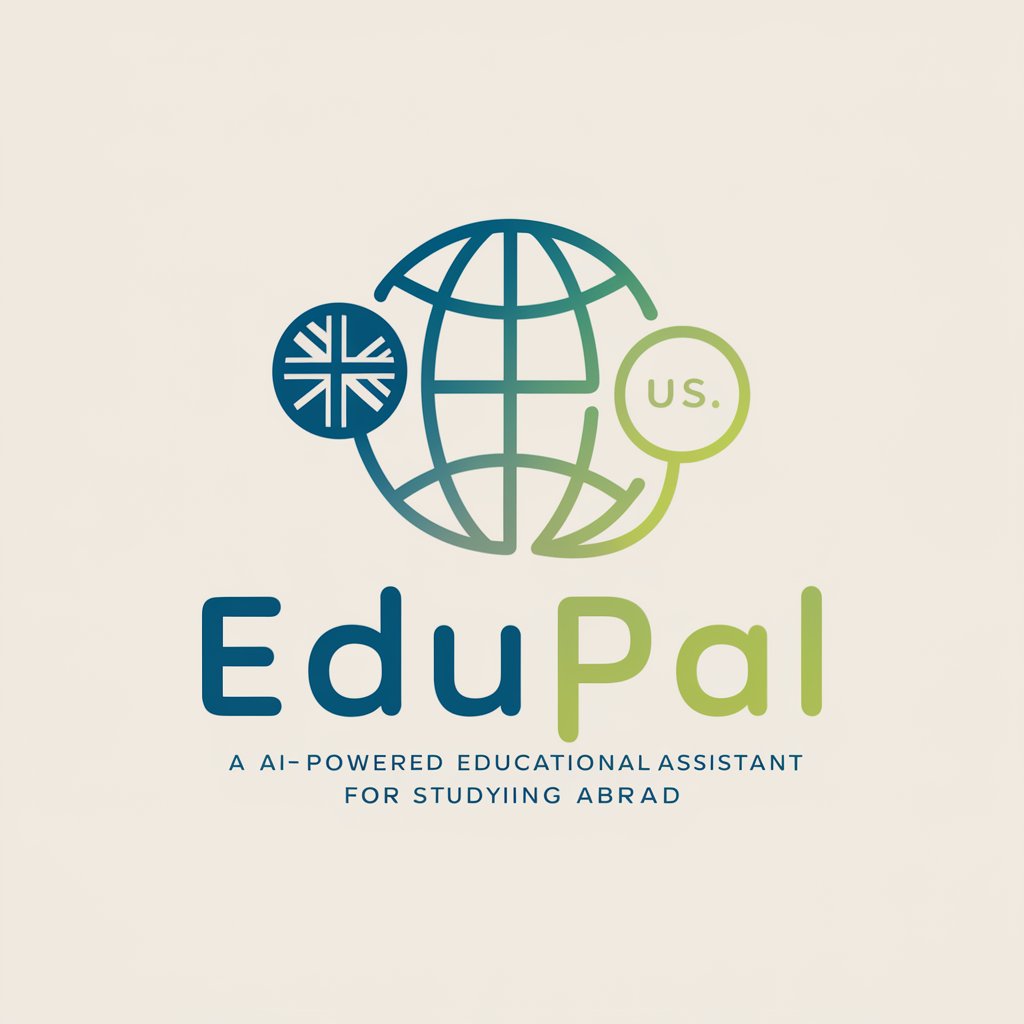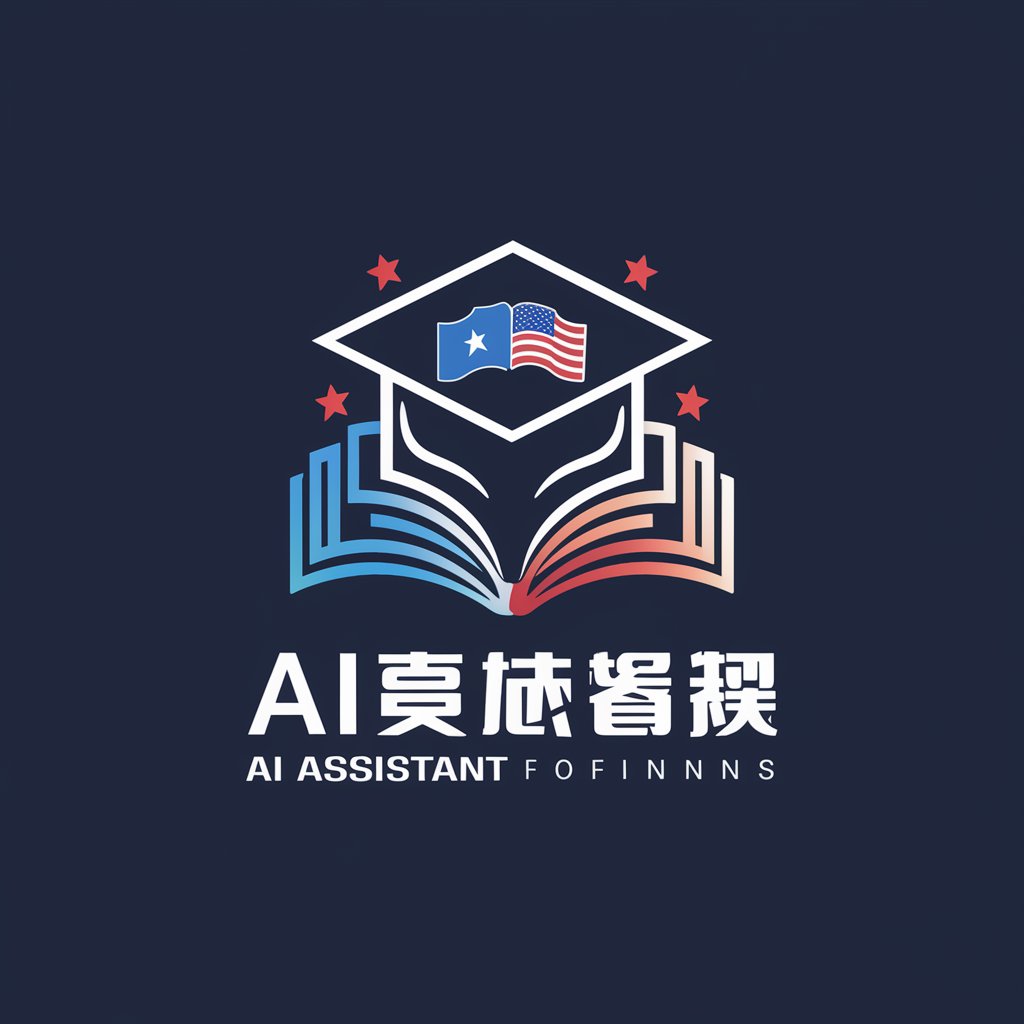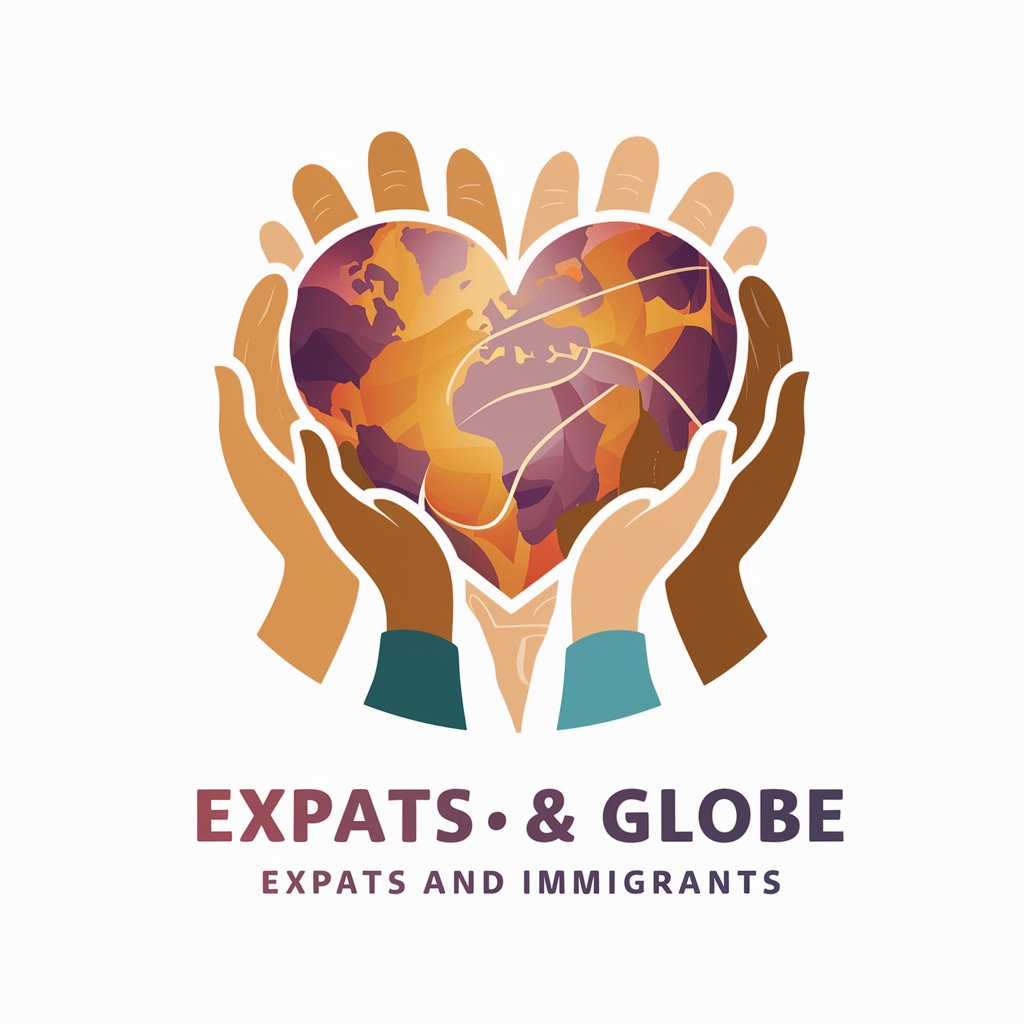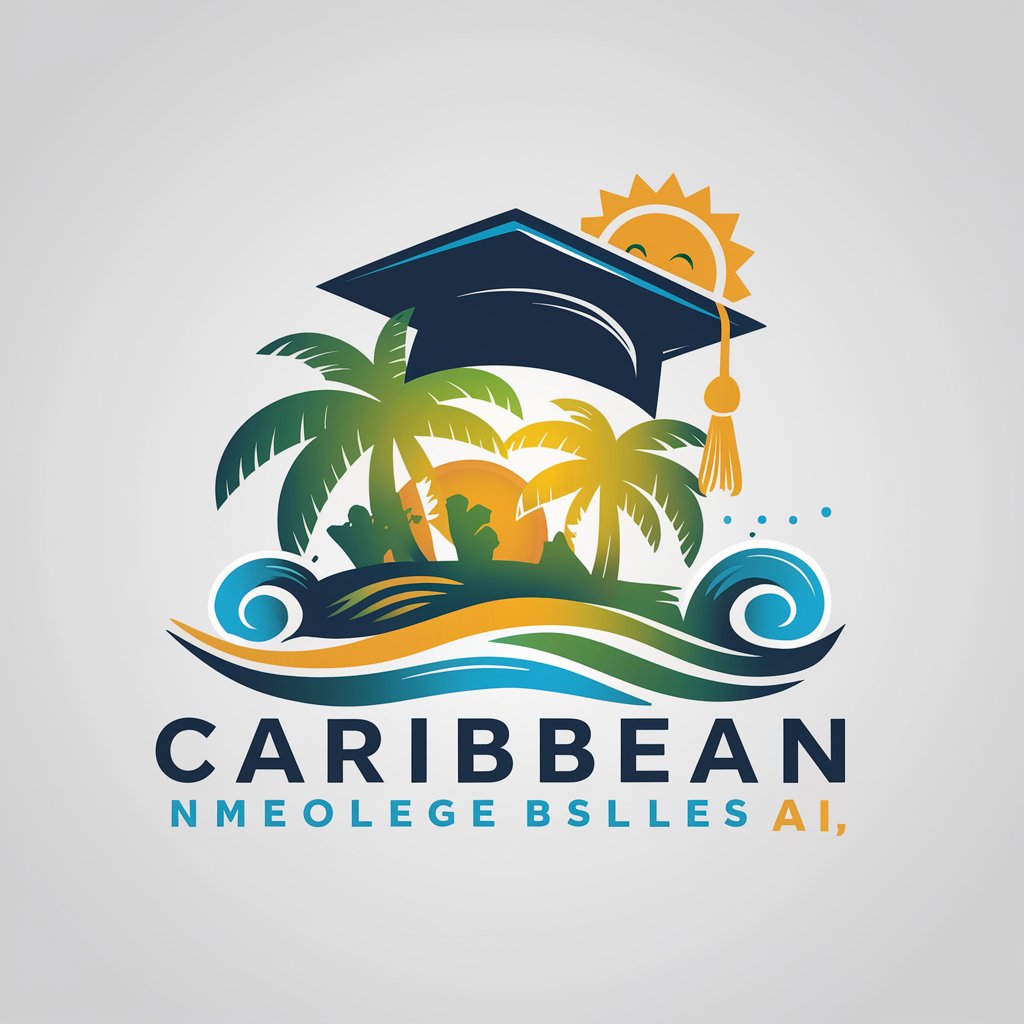6 GPTs for Cultural Adjustment Powered by AI for Free of 2025
AI GPTs for Cultural Adjustment are advanced tools built on the Generative Pre-trained Transformers framework, designed to facilitate adaptation and learning in diverse cultural contexts. These AI models excel in understanding and generating content that aligns with specific cultural nuances, making them invaluable for tasks such as language learning, cultural education, and global communication. By leveraging the power of GPTs, these tools offer tailored solutions that cater to the unique needs of users engaging with different cultures, enhancing cross-cultural understanding and interaction.
Top 6 GPTs for Cultural Adjustment are: CUC 留学,EduPal,留学生活AI助手,Masters Degree USA Expert,Jenn - Expat/Immigrant Psychotherapy Advisor,Noah - Cross Cultural College Companion
CUC 留学
Empowering your study abroad journey with AI.

EduPal
Empowering Your Study Abroad Journey with AI

留学生活AI助手
Empowering Your Study Abroad Journey with AI

Masters Degree USA Expert
Navigating your U.S. master's journey with AI

Jenn - Expat/Immigrant Psychotherapy Advisor
Empowering expats with AI-driven emotional support

Noah - Cross Cultural College Companion
Empowering Caribbean Students in U.S. Colleges

Key Characteristics and Capabilities
AI GPTs for Cultural Adjustment stand out for their adaptability and specialized functions. These include language translation and learning features, cultural etiquette and norms education, personalized content generation based on cultural context, and support for diverse dialects and linguistic nuances. Their technical prowess extends to complex data analysis, enabling deep insights into cultural trends and behaviors. Furthermore, they offer web searching and image creation capabilities, tailored to respect and reflect specific cultural sensitivities.
Who Benefits from Cultural Adjustment AI Tools
These AI GPTs tools cater to a broad audience, including individuals moving to new countries, professionals working in international contexts, educators and students in cross-cultural studies, and developers seeking to create culturally aware applications. They are designed to be accessible to users without programming knowledge, while also offering advanced customization options for tech-savvy individuals and professionals in the field.
Try Our other AI GPTs tools for Free
Scholarship Information
Discover how AI GPTs for Scholarship Information revolutionize the search for educational funding with tailored guidance and insights.
Procurement
Discover how AI GPTs for Procurement revolutionize sourcing and supplier management with advanced AI technology, enhancing efficiency and strategic decision-making.
Product Classification
Discover the power of AI GPTs for Product Classification: streamline inventory, enhance customer search, and improve e-commerce efficiency with advanced machine learning.
Mock Tests
Discover how AI GPTs for Mock Tests transform exam preparation with realistic simulations, tailored feedback, and adaptive learning paths for a comprehensive and effective study experience.
Cocktail Exploration
Discover the future of mixology with AI GPT tools for Cocktail Exploration. Tailored AI technology for enthusiasts and professionals seeking innovative cocktail recipes, trends, and insights.
Bar Discovery
Discover the best bars with AI-powered tools! Get personalized recommendations, insights, and more for an unmatched bar discovery experience.
Expanding Horizons with AI for Cultural Learning
AI GPTs for Cultural Adjustment redefine the possibilities for cultural learning and international engagement. Their user-friendly interfaces and customizable features make them a bridge to understanding complex cultural landscapes, offering insights that go beyond traditional learning methods. By integrating these tools into various sectors, organizations can foster more inclusive and culturally aware environments.
Frequently Asked Questions
What exactly are AI GPTs for Cultural Adjustment?
They are AI tools based on the GPT framework, optimized for tasks that require cultural sensitivity and understanding, such as language learning, cultural education, and international communication.
How do these tools adapt to different cultural contexts?
They use advanced algorithms to analyze and generate content that aligns with specific cultural norms, languages, and practices, ensuring relevance and appropriateness in diverse settings.
Can these tools help with language learning?
Yes, they offer features for language translation, learning, and practice, including support for various dialects and cultural expressions.
Are there customization options for developers?
Yes, developers can access APIs and programming interfaces to tailor the tools' functionalities to specific cultural adjustment applications.
How can professionals use these tools in their work?
Professionals can leverage these tools for international communication, cultural research, and developing culturally sensitive content or applications.
What makes these tools different from standard GPT AI?
Their specialization in cultural nuances, including languages, dialects, and cultural practices, distinguishes them from general-purpose GPT models.
Is it possible to integrate these tools with existing systems?
Yes, they are designed for easy integration with existing educational, communication, or content management systems to enhance cultural relevance and sensitivity.
Do these tools respect cultural sensitivities and norms?
Absolutely, they are programmed to generate and process content with a deep respect for cultural differences and sensitivities, making them suitable for global applications.